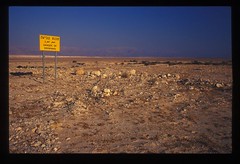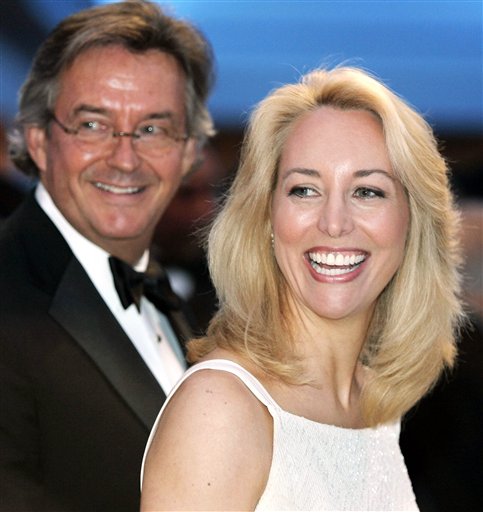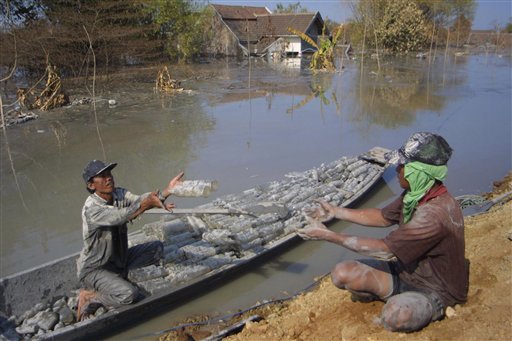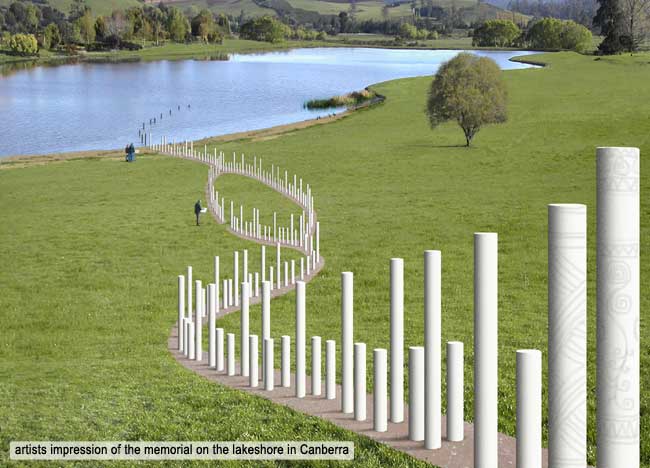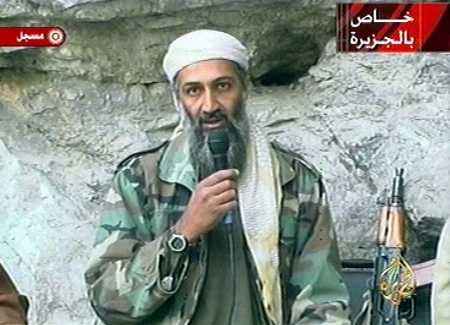 Brazilian President Luiz Inacio Lula da Silva has won a second term of office. He retained his position in a landslide election win on Sunday. Silva beat his challenger Geraldo Alckmin in a run-off election after no candidate achieved a majority in the first election on 1 October. In a victory speech, Lula said he would govern for all Brazilians and intensify efforts to alleviate poverty during his second four-year term. "We will give attention to the most needy. The poor will have preference in our government," he said.
Brazilian President Luiz Inacio Lula da Silva has won a second term of office. He retained his position in a landslide election win on Sunday. Silva beat his challenger Geraldo Alckmin in a run-off election after no candidate achieved a majority in the first election on 1 October. In a victory speech, Lula said he would govern for all Brazilians and intensify efforts to alleviate poverty during his second four-year term. "We will give attention to the most needy. The poor will have preference in our government," he said. Popularly known as “Lula” (a nickname he acquired in childhood) he was first elected to the post in October 2002. The latest victory represents a great comeback for the President who was staring defeat in the face after a cash-for-votes scandal last year and allegations in this election that his Workers Party had engaged in dirty tricks.
Luiz Inácio da Silva was born in October 1945 to a poor family in the town of Garanhuns in the north-east Brazilian state of Pernambuco. The name Lula, in Portuguese, means “squid”, but is also a common nickname for people called Luiz. Soon after Lula was born, his father moved south in search of work. He settled in the coastal city of Guarujá, a holiday resort one hour’s drive from Sao Paolo. His wife and eight children joined him six years later. Lula had a tough upbringing and quit school after the fourth grade. By age 12 he was a shoeshine boy and street vendor and two years later he got a job in a copper factory. Lula eventually went back to night school to get his high school diploma. By age 19, he was working in Brazil’s largest metropolis, São Paulo. He became involved with unions in the factories he worked in and risked the wrath of the authorities who clamped down on union activities.
Silva’s first wife died in childbirth in 1969 and he remarried five years later. He rose through the ranks of the unions and was elected president of the Steel Workers Union by the end of the decade. He also travelled to the US during this period to attend trade union courses sponsored by American anti-Communist unions. Lula was jailed briefly in 1979 after organising a massive strike of 170,000 metal workers.
 He formed a new political party “the Workers Party” (PT - Partido dos Trabalhadores) and spent much of the 1980s getting involved more involved politically and campaigning for more democracy in Brazil. The campaign culminated with free presidential elections in 1989, the first to be elected by popular vote in 29 years. Lula himself ran for president in that election having already won a seat in Congress in 1986. He was popular but lost narrowly in the second round after vote-rigging and biased media sunk his chances. He ran another two times unsuccessfully during the nineties.
He formed a new political party “the Workers Party” (PT - Partido dos Trabalhadores) and spent much of the 1980s getting involved more involved politically and campaigning for more democracy in Brazil. The campaign culminated with free presidential elections in 1989, the first to be elected by popular vote in 29 years. Lula himself ran for president in that election having already won a seat in Congress in 1986. He was popular but lost narrowly in the second round after vote-rigging and biased media sunk his chances. He ran another two times unsuccessfully during the nineties. In June 2002, the Workers Party formed a broad-based alliance with a number of other parties under a platform of social inclusion. And at the age of 57 Lula was elected president with almost 53 million votes (61%). The major program of his first administration was “fome zero” (zero hunger) with an objective to relieve hunger and extreme poverty in the country. This initiative allocates a $20 allowance per month to each undernourished Brazilian household and aims to cut the number of people living in extreme poverty in half by 2015. The US based Council on Hemispheric Affairs has criticised the program for not providing the promised funds to make it successful.
Despite Fome Zero, fears that Lula would embark on major and costly social re-engineering projects proved unfounded. Brazil re-signed its agreements with the IMF and achieved budget surplus in the first two years of his administration. His finance minister Antonio Palocci gained the confidence of the markets and he kept the inflation rate low. Brazil paid off all its IMF debts by 2005. However, that year’s Mensalão scandal claimed the political scalp of Palocci as well as jeopardising Lula’s own chances of re-election. Mensalão means “big monthly” and refers to secret monthly payments that Lula’s Workers’ Party gave to a number of Congressional reps in order to vote for government legislation. However the Brazilian economy was not affected by the scandal and Lula weathered the storm.
In foreign relations Lula is seen as a shrewd negotiator and manages to retain friendly relations with both the US and Venezuela. He was a key figure in the collapse of the 2003 World Trade Organisation (WTO) negotiations in Cancun, Mexico. Brazil leads a group of 22 developing countries (G22) that challenged the one-sided nature of globalisation and attacked the agricultural subsidies of the wealthier nations. The US tried unsuccessfully to break up G22 in Cancun by offering bribes and issuing threats to smaller members. It was the first time that the global south had resisted the blandishments of the north and Lula was a major stakeholder.
 Lula will face some massive challenges in his second term primarily in the area of environment. The impacts of Amazonian devastation will need to be seriously tackled. Environmentalists say interests of agribusiness seem to be trumping any hope of a sustainable future in the Amazon. Brazil is pushing ahead with the plan to pave the Trans-Amazon Highway BR-163 which local media have dubbed “the soybean highway”. Soybeans are a major export and the new road will allow the crop (much of it GM) to be quickly and cheaply loaded onto barges from the Amazon to the Atlantic. Meanwhile pace of deforestation has increased every year for the last decade. Lula argues that he has created new reserves cover more than 80,000 square kms, but critics say it is not enough. Most rainforest clearance is illegal; farmers and loggers either exceed their allocation or they raid public land. The Amazon problem is not the laws, but the lack of resources to enforce them. Lula now has the mandate, but will he have the political will to effect real change?
Lula will face some massive challenges in his second term primarily in the area of environment. The impacts of Amazonian devastation will need to be seriously tackled. Environmentalists say interests of agribusiness seem to be trumping any hope of a sustainable future in the Amazon. Brazil is pushing ahead with the plan to pave the Trans-Amazon Highway BR-163 which local media have dubbed “the soybean highway”. Soybeans are a major export and the new road will allow the crop (much of it GM) to be quickly and cheaply loaded onto barges from the Amazon to the Atlantic. Meanwhile pace of deforestation has increased every year for the last decade. Lula argues that he has created new reserves cover more than 80,000 square kms, but critics say it is not enough. Most rainforest clearance is illegal; farmers and loggers either exceed their allocation or they raid public land. The Amazon problem is not the laws, but the lack of resources to enforce them. Lula now has the mandate, but will he have the political will to effect real change?
